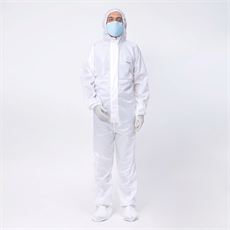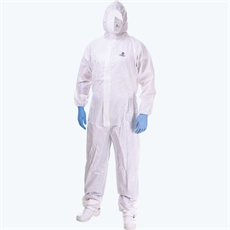Surgical gowns play a crucial role in infection control and patient safety in healthcare settings. They are subject to various standards and regulations to ensure their quality, safety, and performance. These standards and regulations can vary by country and region, but some of the most commonly recognized ones include:
- FDA Regulations (United States): In the United States, surgical gowns are regulated by the Food and Drug Administration (FDA). They must meet the requirements outlined in the Federal Food, Drug, and Cosmetic Act (FD&C Act) and comply with the Current Good Manufacturing Practice (CGMP) regulations. The FDA provides guidance on the performance criteria for surgical gowns, including barrier properties and labeling requirements.
- European Union (EU) Regulations: In the EU, surgical gowns are regulated as medical devices and must comply with the Medical Devices Directive (MDD) or the Medical Devices Regulation (MDR), depending on the transition period. These regulations specify requirements for safety, performance, and quality, and they often refer to relevant harmonized standards.
- ISO Standards: The International Organization for Standardization (ISO) has developed several standards related to surgical gowns, including ISO 13485 (Quality Management Systems for Medical Devices) and ISO 14971 (Risk Management for Medical Devices). ISO 22610 and ISO 11737-1 provide guidance on the microbial barrier properties of surgical gowns.
- AAMI Standards (Association for the Advancement of Medical Instrumentation): AAMI is a standards development organization that focuses on healthcare technology. AAMI has published standards like AAMI PB70, which classifies surgical gowns into different levels based on their fluid resistance and barrier properties.
- ASTM International Standards: ASTM International has developed various standards related to surgical gowns, such as ASTM F2407 (Standard Specification for Surgical Gowns Intended for Use in Healthcare Facilities) and ASTM F1671 (Test Method for Resistance of Materials Used in Protective Clothing to Penetration by Blood-Borne Pathogens).
- CE Marking (European Conformity): Surgical gowns marketed in the EU must bear the CE mark to indicate compliance with relevant EU directives and standards. This mark demonstrates that the product meets essential health and safety requirements.
- National Standards: Some countries have their own national standards and regulations governing surgical gowns. For example, Japan has its Pharmaceutical Affairs Law and related standards.
It’s important for manufacturers, healthcare facilities, and healthcare professionals to stay up-to-date with the specific standards and regulations applicable in their region to ensure that surgical gowns are safe, effective, and compliant with relevant requirements. Additionally, the COVID-19 pandemic has led to increased scrutiny and demand for personal protective equipment (PPE), including surgical gowns, which has further highlighted the importance of adherence to quality and safety standards.























